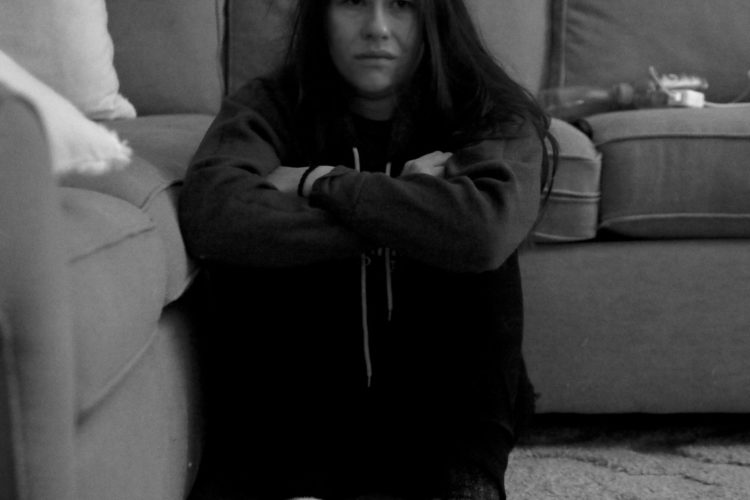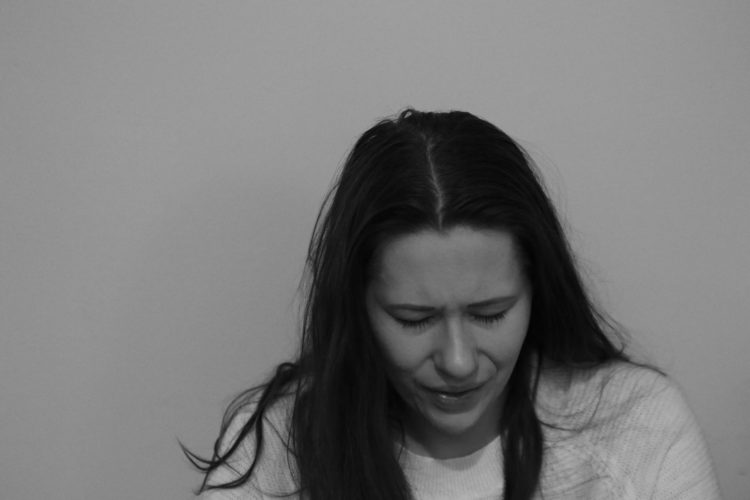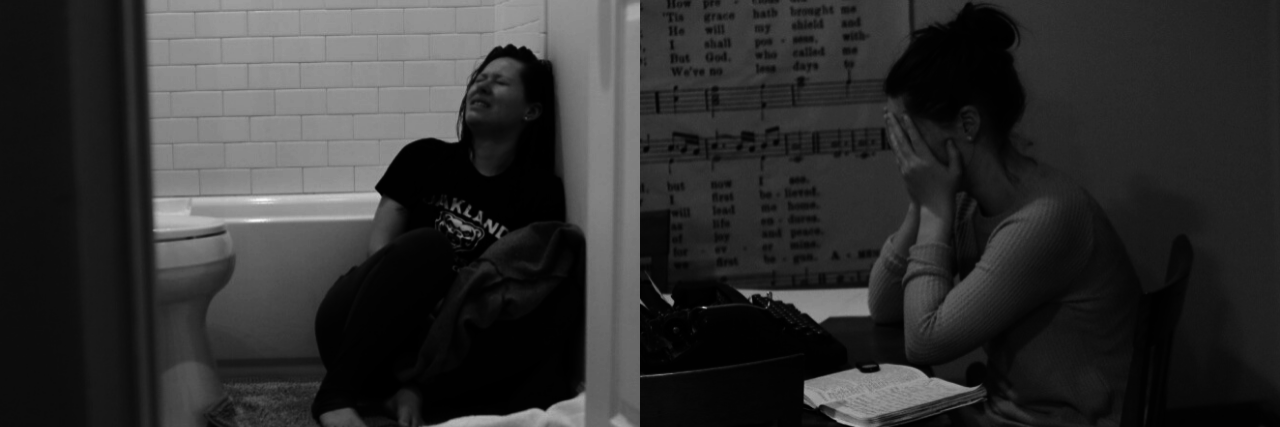12 Photos That Capture the Worst of My Ehlers-Danlos Syndrome
Editor's Note
Join The Bendy Bunch, a group for Mighties who understand what it’s like to live with flexible joints and more.
As someone with an invisible illness, I’ve encountered my fair share of people who don’t understand what they can’t see. I’ve been yelled at when I climb out of my lifted Wrangler that is parked is a disabled spot. I’ve heard criticism from peers who tell me to stop “faking it” or that I’m “seeking attention.” I’ve even had doctors and other medical professionals question the reality of my illness. However, what I’ve come to realize is how invisible I make my illness.
• What is Ehlers-Danlos Syndrome?
• What Are Common Ehlers-Danlos Syndrome Symptoms?
I have hypermobile Ehlers-Danlos syndrome (hEDS). The Ehlers-Danlos syndromes are a group of inheritable connective-tissue disorders that can affects almost every system of the body. In my case, I have dysautonomia, severe allergies, chronic fatigue and pain — oh, the relentless, fierce pain. Even with such widespread symptoms, most of the time, someone won’t notice I’m sick just by looking at me. While part of this is the nature of my EDS, another part is how I hide the pain and fatigue I’m feeling from others. We could go down a rabbit-hole of the psychology of why I do this, but that’s for another time. Now, don’t get me wrong, I am very vocal about my illness, but I don’t need every conversation to be about that morning’s dislocation.
I didn’t realize the extent to which I mask my pain and other symptoms until recently, when a friend asked me, “Who really knows the full extent of your suffering?” While a deep question, I didn’t expect to have such a difficult time answering. There are certainly a handful of people who have seen me in the midst of my deepest suffering, but even so, I usually try to mask what I can.
This got me thinking: “Am I doing a disservice to the understanding and awareness of Ehlers-Danlos syndrome by personally veiling my worst times?”
That thought rattled around my mind until I had an idea: to capture the worst of the worst and share the reality of my life with EDS. During one particularly horrible flare earlier this year, I took pictures of some of my most difficult moments to do exactly this — to make my invisible illness a little more visible:
*Full disclaimer, when taking these pictures, I set up a camera on a tripod in the most used areas of my house and used a remote shutter. That said, most of these are out of focus or framed oddly.












As you can see, while EDS is often considered an invisible illness, there is a lot to see in someone with EDS. These pictures won’t be true for everyone with an invisible illness, or even everyone with EDS, but I hope they will push the boundaries of what “invisible” really means.
Original photos by author

